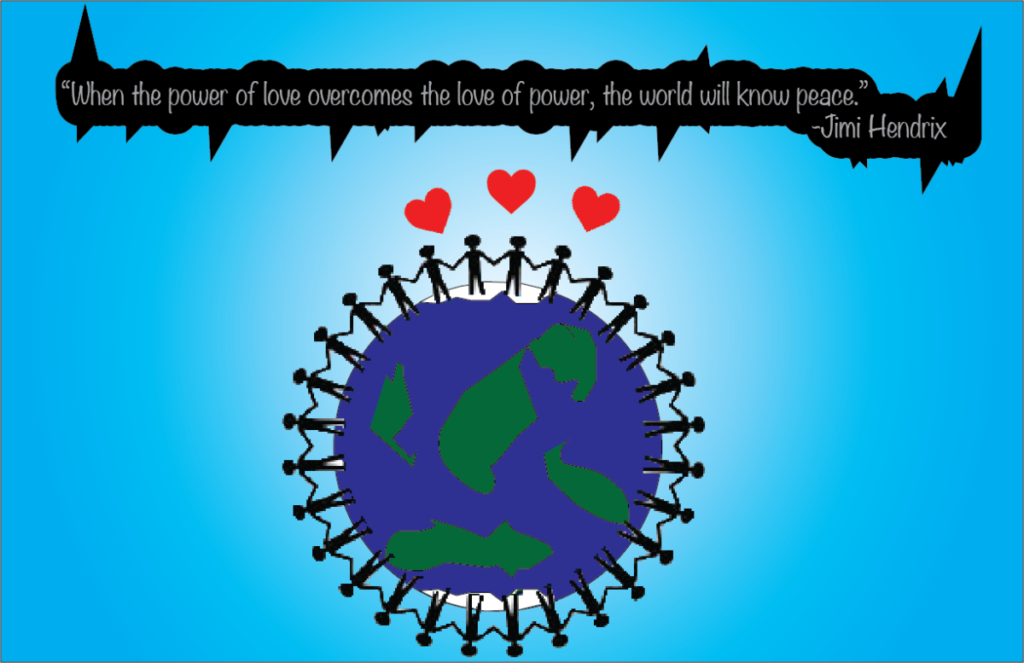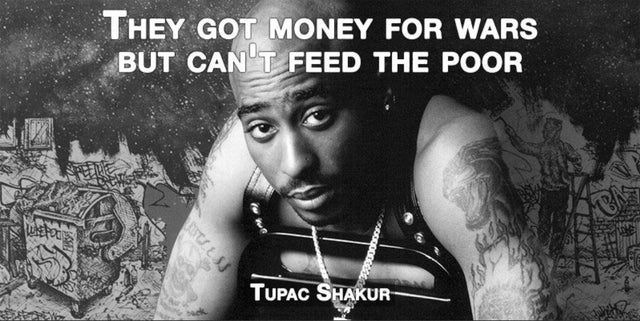

A Communication Design Portfolio





I definitely think Banksy is a real artist and a great one too. He’s unique like every artist is. His art has a lot of meaning to it; they’re often depictions of real life topics that can start a discussion. A major thing about Banksy is that he is anonymous so he doesn’t want to be recognized. He seems humble in a world where popularity equates to value in an age of commodification. From spraying graffiti to painting a train, it’s safe to say that Banksy’s work has evolved. There’s a great irony with Banksy’s work. Like how every institution he criticizes loves his art. He condemns galleries yet they profit and sell his work for millions. He has this perception of the world of art where exhibits and art auctions where art is sold repulse him. He even had a shredder of some sort that would destroy his own work if removed from its frame at an auction. He seems more keen on his art making points than being sold for its value, which resonates with me. I was very intrigued by the video and really got a grasp on this type of art, how sentimental it really is, and how people view it.
Michael Wiehart is a self-taught and self-employed motion designer and animator. He went to art school in Switzerland where he learned graphic design. He had to make his own computer back then. He is a hard-working individual who is always eager to learn more. He spends many hours working on projects for clients, brands, and companies as well as doing side projects. He’s done design, editing, 3D and 2D animation, compositing, and live action direction. He mostly does advertising. His field is combined graphic design and live action. He also does live action where he adds animation after. He also does other things. He uses Cinema 4D as a 3D software if he does 3D animation, AfterEffects for motion graphics and compositing, Unity, renderers, and Premiere because they’re nicely connected which makes it easier. He also uses the rest of Adobe. He’s done work for big name projects like Disney’s Sorcerer’s Arena. Although he hires freelancers, most of the time, he does everything by himself. Michael really likes what he does and is always putting in the work while sporting a positive attitude. He’ll even rewrite a project brief if he feels it’s not what the client/brand wants. He also makes connections with people as that helps.
I learned many facts/tips from Michael Wiehart: He relayed that in regards to the industry, it’s always changing. Perfect your craft. If you are going to charge money for your craft, you better be good at it or you’re cheating your client. Partake in side projects and challenge yourself. It teaches you things in addition to what you learn from your work projects. Don’t be afraid of putting in the work. To learn and get good, you must be excited about it and want to spend the time to do it. Time is valuable so use it wisely. The industry is a team sport and everyone does their own thing. You may be good at something but not something else. So many different ways of doing things. Everyone does it differently. Do what you want as well as what you must.
I like Alex Ross’ art because I am a big fan of Marvel and the art that he does for the company as well as non-Marvel. His art looks very realistic compared to art done by other comic artists. Far from the simpler, cartoony art from decades ago, he still pays tribute to those artists with their original character designs present in his work.
I like Banksy’s art because not only does it look good but it has serious meaning to it. The art that I’ve seen is very profound, addresses real issues that people face which gives it that touch with reality. I also admire Banksy’s intentions and drive for making their art in a world where people price and collect it.
I really like Pawel Kuczynski’s art because of it’s meaningful nature and powerful messages that are displayed in my mind upon seeing the art. It’s very thought-evoking and that makes me enjoy staring at it even more.
Three of Federal Express’ Logos used throughout their history
FedEx is an American mail-delivering company. The origin goes back to 1965 when a Yale undergraduate named Frederick W. Smith wrote a term paper that laid out the logistical challenges facing pioneering firms in the information technology industry. In the paper, he proposed a system specifically made to accommodate time-sensitive shipments. In 1971, Smith started the idea of a company that would make it easier to deliver items. Smith named the new company Federal Express because he believed the patriotic meaning of the word federal suggested a nationwide interest in economic activity.
FedEx founder Frederick W. Smith
Pitch:
I will include pictures and/or videos taken of Chris and or then into a compilation on Adobe Premiere.
I’ll start with a short clip of him introducing himself. After this, I will include the pictures I have of him watching football on the computer (he likes sports), him with his Metallica hoodie (he likes music), him playing video games (he likes video games and technology). Maybe I’ll include some foods he likes as well.
I will include some words (maybe stylized typography) to accompany the imagery for some details. If I can, I’ll include some music.
Video:
© 2024 Andre Sadhu’s ePortfolio
Theme by Anders Noren — Up ↑